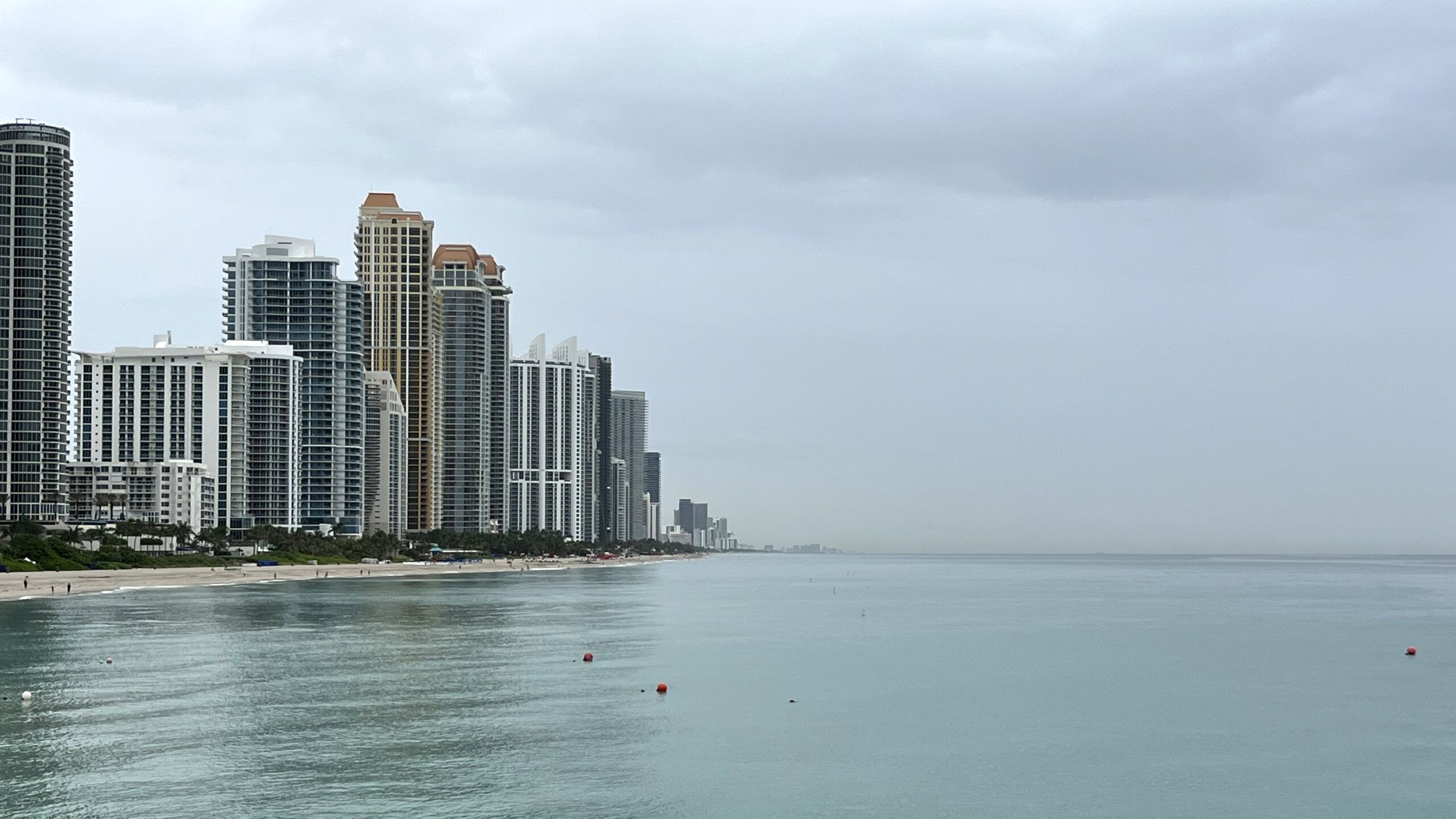Sunny Isles Beach, a coastal city in Florida, has experienced fluctuations in crime rates over the past decade. Concurrently, Florida has undergone significant changes in its cannabis laws, notably the legalization of medical marijuana in 2016. This article examines the crime trends in Sunny Isles Beach from 2015 to 2023 and explores any potential correlations with the state’s medical cannabis legalization timeline.
Crime Rate Trends in Sunny Isles Beach (2015-2023)
Analyzing crime data provides insight into the safety and security of a community. Below is a summary of crime rates in Sunny Isles Beach over the specified period:
| Year | Violent Crime Rate (per 100,000) | Property Crime Rate (per 100,000) |
|---|---|---|
| 2015 | 110.3 | 125.6 |
| 2016 | 60.3 | 114.2 |
| 2017 | 60.6 | 107.7 |
| 2018 | 88.6 | 98.2 |
| 2019 | 95.7 | 104.8 |
| 2020 | 61.6 | 67.1 |
| 2021 | Data not specified | Data not specified |
| 2022 | 54.8 | 70.3 |
| 2023 | 75.5 | 73.2 |
Data Source: City-Data.com
Observations
- 2015-2016: There was a significant decline in both violent and property crime rates.
- 2017-2019: Crime rates remained relatively stable with minor fluctuations.
- 2020: Both violent and property crime rates reached their lowest points in the observed period.
- 2021: Specific data for this year is not available.
- 2022-2023: A slight increase in both violent and property crime rates was observed.
Florida’s Medical Cannabis Legalization Timeline
Understanding the timeline of medical cannabis legalization in Florida provides context for analyzing its potential impact on crime rates:
- November 2016: Florida voters approved the Medical Marijuana Legalization Initiative (Amendment 2) with 71.3% support, expanding access to medical cannabis for patients with specific conditions.
- June 2017: The Florida Legislature implemented the law, allowing patients with conditions such as HIV, PTSD, ALS, Crohn’s disease, Parkinson’s disease, and multiple sclerosis to access medical marijuana.
Source: Florida Today
Correlating Crime Rates with Medical Cannabis Legalization
To assess whether the legalization of medical cannabis has influenced crime rates in Sunny Isles Beach, it’s essential to consider the following:
- Pre-Legalization Period (2015-2016): Prior to the implementation of medical cannabis laws, Sunny Isles Beach experienced a notable decline in crime rates.
- Post-Legalization Period (2017-2023): Following the legalization:
- 2017-2019: Crime rates remained relatively stable with minor increases.
- 2020: A significant decrease in both violent and property crimes was observed.
- 2022-2023: Slight upticks in crime rates occurred.
Analysis
The data does not indicate a direct correlation between the legalization of medical cannabis and an increase in crime rates. In fact, the most substantial decline in crime occurred in 2020, several years after medical cannabis was legalized. This suggests that other factors may have played more significant roles in influencing crime trends.
Factors Potentially Influencing Crime Rates
Several factors, beyond cannabis legalization, could have impacted crime rates in Sunny Isles Beach:
- Economic Conditions: Economic downturns or improvements can influence crime rates. For instance, financial hardships may lead to increased property crimes.
- Law Enforcement Strategies: Changes in policing methods, community engagement, and resource allocation can affect crime statistics.
- Population Changes: Influxes or decreases in population, including seasonal tourism, can impact crime rates.
- Public Health Crises: Events like the COVID-19 pandemic in 2020 led to widespread lockdowns, which may explain the significant drop in crime rates that year.
Conclusion
The examination of crime rates in Sunny Isles Beach from 2015 to 2023 reveals no clear evidence linking the legalization of medical cannabis to increased criminal activity. The fluctuations in crime rates appear to be influenced by a combination of economic, social, and public health factors rather than the state’s medical cannabis policies. As with any complex social issue, it’s crucial to consider a multitude of variables when analyzing crime trends and their potential causes.


